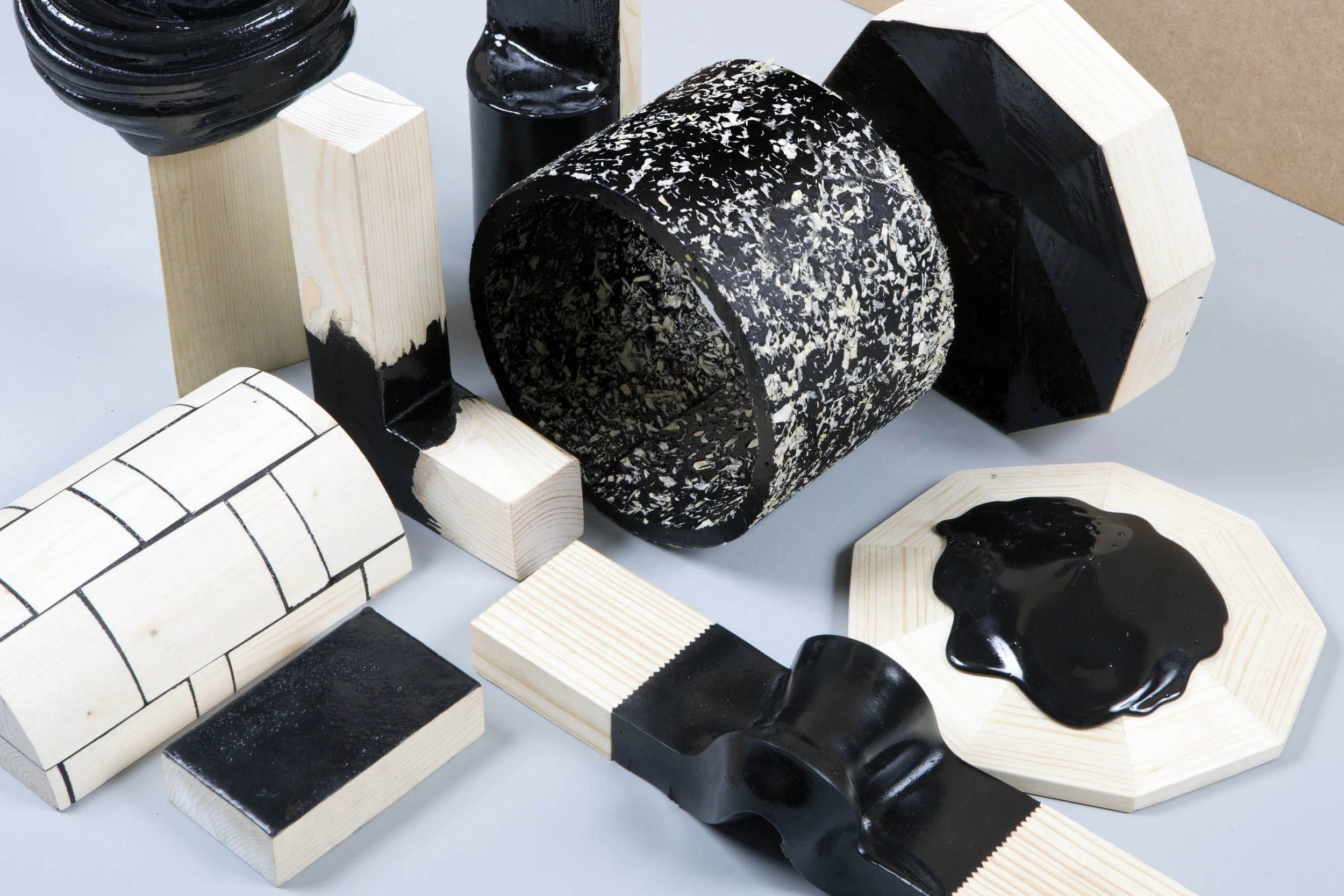The New Materialists
The desire for more ecologically sound practices within the design industry has been firmly on the rise for the past decade or so now. During that time I’ve researched and reported on countless projects and new material developments that aim to reduce or reuse waste and carbon emissions in a bid to create sustainable circular economies. I’ve been lucky enough to share my findings here on Design Insider as well as with numerous students for whom I’ve taught courses including surface and interior design. Indeed, I shared a few fresh examples of young designers who have made it their mission to close the loop when it comes to material manufacturing in our recent New Designers round-up.
But in all honesty, there has always been a concern that even with the strongest will in the world and the most inventive processes on the table, it might all be moving a little too slowly. Or at least not be being taken up by those who really make a genuine impact on the planet, and by extension, us as a species. One only has to look at the list of the top plastic polluters to see that small-scale innovation can only go so far in denting the waste that the likes of Nestle and Coca-Cola, to name but a few, actually produce worldwide. It seems that no one designer and no individual brand can find the solution but rather we need a collaborative and systemic change, on a radical scale.
That’s something that design duo Thomas Vailly and Bapiste Arribe have come to agree upon in the setting up of their new brand The New Materialist. Thomas is one of those inquisitively-minded designers we’ve reported on in the past, initially with his graduate work during Dutch Design Week, although he has popped up at various junctures since. Having initially experimented with byproducts from the sunflower industry and bio-resins formed from trees, his research into emerging materials has led him to specialise in bio-based and biodegradable materials. Collaboration has always been at the core of his investigations, working with geologists, scientists and fellow designers such as Lex Potts and Laura Lynn Jansen in the creation of unique and imaginative material alternatives. With 15 years of experience in the aeronautics industry, Bapiste might appear to come from a very different background, but innovation and collaboration are of course at the heart of that world and it’s here that the pair converge. His exposure to project and innovation management at this most intricate of levels makes him an optimum collaborator and puts The New Materialist in a stronger, more hopeful position in the pursuit of closing the loop when it comes to producing materials and products.
The brand’s name itself is a deliberate signpost to the direction the pair are taking, as they explain, “We are New Materialists; not one day passes without a reminder that we must act to mitigate the effects of climate change. Materials are the building block of our society and they are at the core of innovative circular economies forming.” In drawing up the studio ethos the team have identified 3 key links in the manufacturing process that they hope will lead to regenerative materials. It’s a relatively new term, but as it suggests one that moves away from linear processes, which we can all hope will quickly become part of the mainstream. Once again, the team explains it best, “Regenerative design aims to actively restore ecosystems, enhance climate conditions, and empower communities by integrating deep ecology, living system thinking, regenerative cultures, and circular design for planetary health, coexistence, and repair.”
The links they’ve identified are Explore & Harvest, Co-Design and Inspire and Produce and Regenerate. As mentioned, collaboration is central to the way they work and that, at least to some degree, includes the brands for whom they may be employed by. So far the list includes the likes of Marriot Hotels and Seabourn along with a number of packaging commissions from luxury brands such as Veuve Clicquot. Given the continued expanse of waste that the latter industry causes it’s hopeful to think that big brands bringing in new systems and innovations will have a trickle-down effect to others who produce packaging. Atelier Luma is another material pioneer we’ve covered in various guises and their commissioning of Thomas to investigate material alternatives derived from the sunflower industry is a further endorsement of the new studio’s credentials. Giving the time and space to explore what else might be achieved from the plant aside from the obvious seeds has led to a series of samples that include hardboard derived from the plant's fibres and a substitute for polystyrene packaging made from the softer flowerhead, amongst ther things.
Farm Universe taps into the fact that a dairy farm is a merging of natural and industrial systems and the research involved has led to sustainable and closed-loop material flow under the one roof of a farm. It’s an environment that is rich in existing raw materials with cellulose, starch, and lignin from wheat & casein and whey from milk all coming into the mix. Following rigorous alchemical experiments a new extrudable material has been invented from straw fibres and wheat starch, which depending on the moulds, can be used to create profiles and fittings that have very little impact on the planet in their creation.
Other developments include biocomposite sheet materials made from invasive plant species such as Thistle, as well as bioplastics made from municipal waste. While a further brand intervention involves taking organic matter left over in the creation of fundamental fragrances used in by brands such as Lancome and transforming it into decorative and useful surface materials. Again, this project underlines the genuine positive impact that can begin to happen when various industries and designers pull together and aspire to forge regenerative production methods. With any luck, more will follow, quickly.
This article was first published by Design Insider





